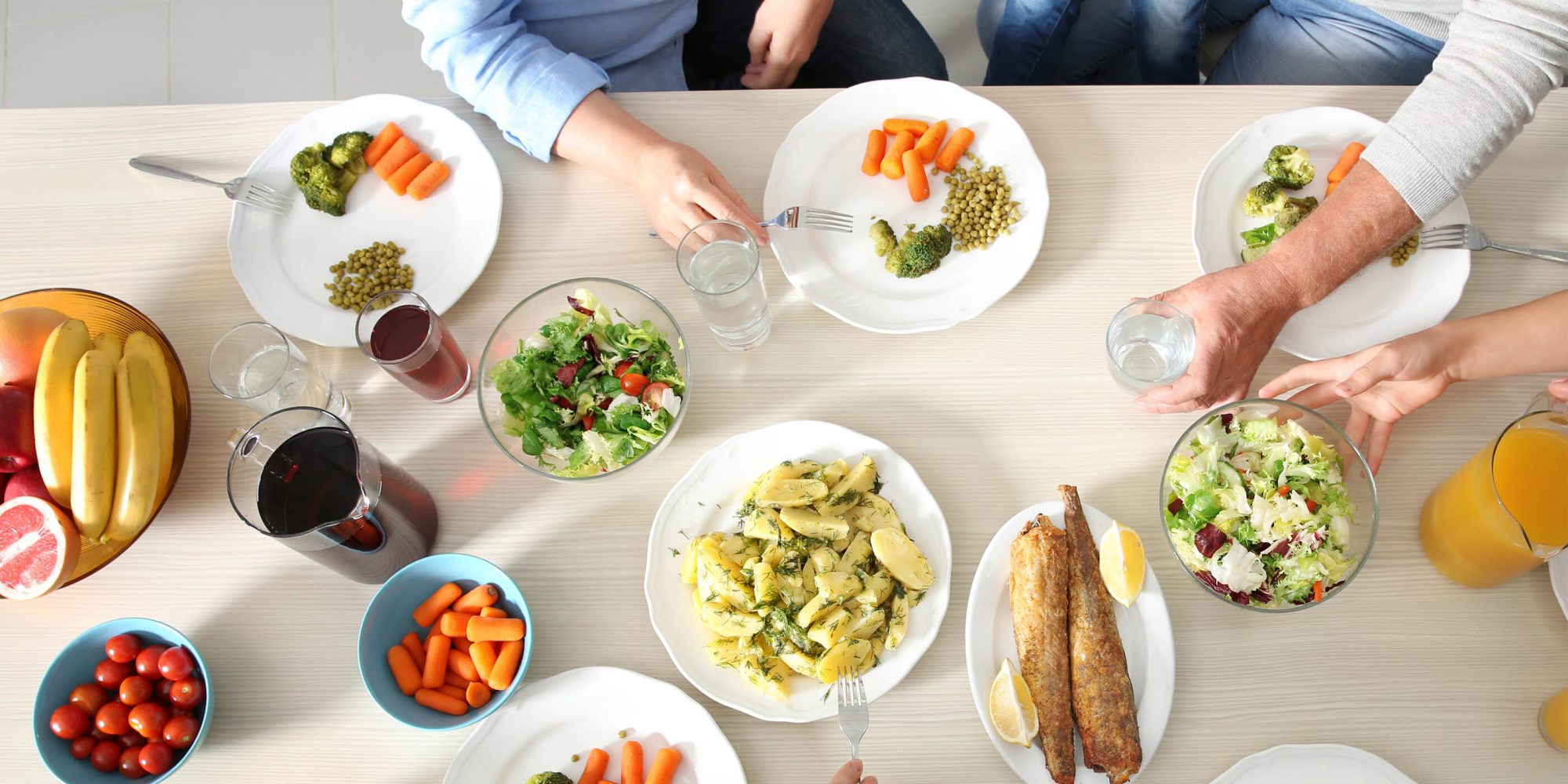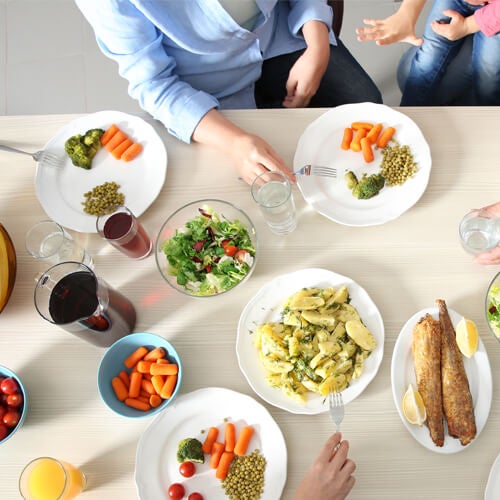Made with Splenda® Original Sweetener
Cinnamon Apple Chips with Peanut Butter Yogurt Dip
Meets nutrition guidance set by the
American Diabetes Association®


The Plate Method is a simple way to build a balanced meal that can help manage your blood sugar. 1,2
A balanced meal includes foods from a variety of food groups—remember that each food group provides your body with a unique set of nutrients. The following food groups are included in the Plate Method:

Another advantage of using the Plate Method is that it can help you control your portion sizes. What has been considered the “right” portion size has drastically changed over years. We are often serving ourselves more food than we realize, and for a person with diabetes, this can lead to blood sugar spikes. To build a balanced meal and prevent overeating, learn how to use the Plate Method:
Grab a plate. Make sure it is no larger than nine inches in length. If you do not have a ruler, then use the length of a business envelope for comparison.
Fill half the plate with nonstarchy vegetables. Examples include green beans, broccoli, cauliflower, carrots, and salad. Keep in mind that vegetables do not have to be eaten plain. After all, food can be both healthy and delicious! Add flavor to your vegetables with herbs, spices, or a Splenda® sweetener. A great example is this Cucumber and Onion Salad made with Splenda Granulated Sweetener.
Fill one quarter of the plate with a lean protein, such as chicken, turkey, salmon, or tofu. Consider how you prepare your protein. It is best to use a healthy cooking method like baking or grilling, instead of pan-frying or deep-frying. This Baked Salmon with Ginger-Citrus Sauce made with Splenda Granulated Sweetener would be a healthy protein option! If you’re on the go and need a source of protein or you’re simply not in the mood for cooking, try a Splenda Diabetes Care Shake. Each 8-ounce bottle contains 16 grams of protein!
Fill one quarter of the plate with carb foods. Carb foods include grains (such as bread, pasta, and rice), starchy vegetables (such as potatoes, peas, and corn), fruit, and certain dairy products (milk and yogurt). If using grains or dairy as your carb food, choose whole grains and low- or fat-free dairy products when possible. One of these Spiced Butternut Squash Muffins made with Splenda Granulated Sweetener would be a fantastic whole grain option! Plus, this recipe contains zero added sugars, so you can enjoy a carb food without worrying about empty calories.
Pair your meal with a zero- or low-calorie drink. You can add flavor to your water with a Splenda Water Enhancer, or sweeten your coffee or tea with any Splenda liquid sweetener or packet. If you are dining with friends or family, try making Splenda Lemonade by the Pitcher!
1 American Diabetes Association. (2020, February). What is the diabetes plate method? https://www.diabetesfoodhub.org/articles/what-is-the-diabetes-plate-method.html 2 Centers for Disease Control and Prevention. (2021, March 11). Diabetes meal planning. https://www.cdc.gov/diabetes/managing/eat-well/meal-plan-method.html 3 Produce for Better Health Foundation. (n.d.). Key nutrients in fruits & vegetables. Have a Plant. https://fruitsandveggies.org/stories/key-nutrients-that-protect/ 4 Duyff, R. L. (2017). Academy of Nutrition and Dietetics complete food and nutrition guide (5th ed.). Houghton Mifflin Harcourt.